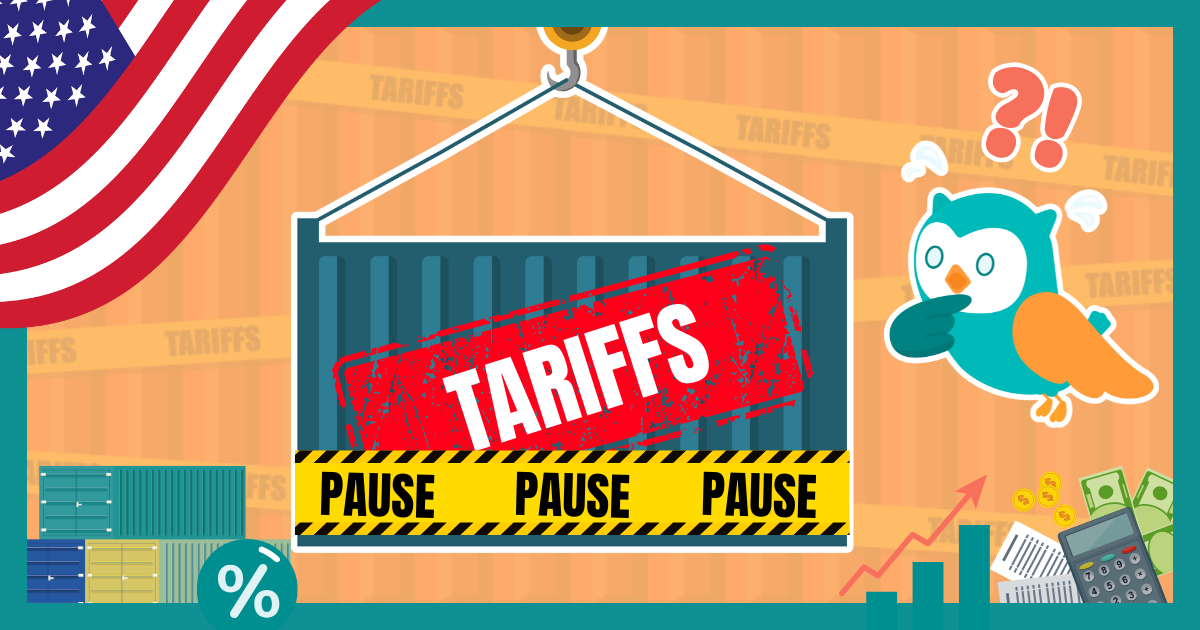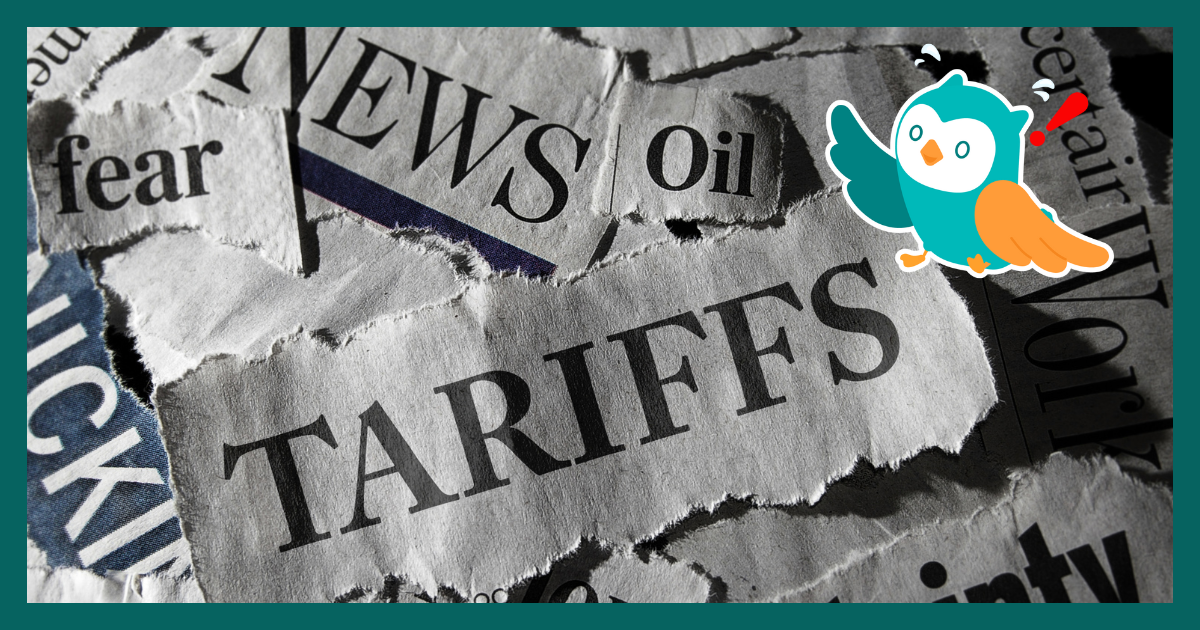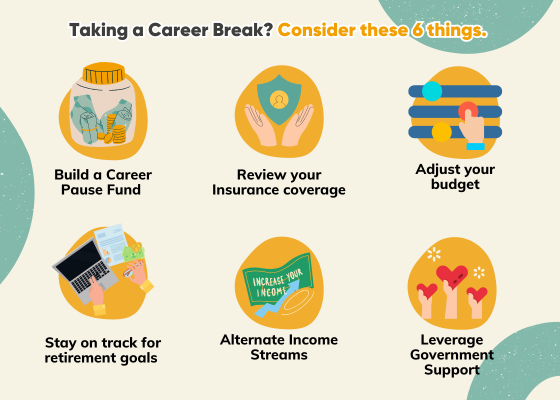Note: It was announced in November 2023 that MoneyOwl will be acquired by Temasek Trust to serve communities under a re-purposed model, and will move away from direct sale of financial products. The article is retained with original information relevant as at the date of the article only, and any mention of products or promotions is retained for reference purposes only.
______________
This article explores how CPF LIFE should form the foundation of your retirement plan by providing you with a steady stream of income for life.
Even in retirement, you’ll need a monthly income to cover your living expenses. How much you need will depend on your expectations for retirement, goals, and standard of living.
At MoneyOwl, we have written extensively on this topic, taking reference from national statistics and surveys on how much one needs to retire in Singapore and how one can build multiple layers of income stream to cater to their basic, lifestyle, and healthcare expenses.
In this article, we will discuss how CPF LIFE forms the foundation of your retirement plan by providing you with a stream of income for life, especially if you are nearing your CPF LIFE payout age.
CPF LIFE: Your Safe Retirement Income Floor
CPF LIFE is our national annuity scheme which helps you save for retirement from the day you start working. With contributions from yourself and your employer as well as the attractive interest paid by the government, it is meant to provide you with a monthly stream of lifelong income from your payout age to meet your basic living expenses.
At MoneyOwl, we advocate that all retirement plans comprise an annuity as a base. An annuity is a stream of income that pays for life and hedges against longevity risk, i.e., the risk of outliving one’s assets. CPF LIFE is the best annuity in the Singapore market, in terms of payout versus capital, return, and risk – with all else being equal,. It is thus well placed to form the Safe Retirement Income Floor for all Singaporeans. Think of this Safe Retirement Income Floor as the “die die must have” level of income to fund a basic level of retirement lifestyle.
How much payout will CPF LIFE provide me?
Based on the Household Expenditure Survey 2012/3, we know that a retiree household in the second quintile of expenditure spends on average $518 per month in 2013 on food, transport, and other goods and services excluding accommodation. This is enough to support a basic standard of living (excluding rental of a place to stay) and is the basis on which the Basic Retirement Sum (BRS) under CPF LIFE is set – the BRS provides for a payout under CPF LIFE that is close to $518 in 2013 dollars, adjusted for inflation. This is also the reason why you can choose to set aside the BRS only if you own a property, as the payout corresponding to BRS assumes you do not need to rent a place to stay.
If you do not own a property, you should have the Full Retirement Sum (FRS) that is double of BRS, because the need to rent a room on top of paying for basic necessities can cause monthly expenses in retirement to double. For those whose Safe Retirement Income Floor is even higher, there is the option of topping up your RA to the Enhanced Retirement Sum (ERS), which provides an even higher level of payout.
For CPF members who turn 55 in the year 2021, the current BRS, FRS, and ERS are $93,000, $186,000, and $279,000 respectively. In 10 years’ time, these would provide payouts that are, in today’s dollars, roughly about $600, $1,100, and $1,600*. Your actual payout is determined by how much savings you set aside in your Retirement Account, which could be any amount. You can use the CPF LIFE Payout Estimator on the CPF website to get a better estimation of your payout.
*Payout figures are estimates, based on the CPF LIFE Standard Plan and computed as of 2021. If you choose to top up to your RA, the top up limit is the current Enhanced Retirement Sum less your RA savings excluding interest earned and government grants. You can use the CPF LIFE Payout Estimator on the CPF website for your own projection based on your current RA balances.
When will my CPF LIFE payouts start?
The age at which you can start your CPF monthly payout is based on your year of birth.

Arriving at your Payout Eligibility Age comes with a list of decisions. To answer these questions, it would be useful to have a gauge of what percentage of your retirement needs would be funded by your CPF savings and consequently, how much you may need to supplement with other income sources.
1. Should I join CPF LIFE if I am on the Retirement Sum Scheme?
Before CPF LIFE, there was the Retirement Sum Scheme (RSS) where CPF members received their monthly payouts from the savings in their Retirement Account until it was depleted. With Singaporeans living longer, the risk of retirees outliving their savings is becoming very real. Hence, CPF LIFE, our national annuity plan, was introduced in 2009 and made mandatory in 2013 to protect against this longevity risk. If you are born in 1958 or later and have at least $60,000 in your RA when you turn 65 years old, you will be placed on CPF LIFE instead of the RSS.
If you are on the RSS, you can also choose to join CPF LIFE before your 80th birthday. The question is, should you? Ideally, you should have a retirement plan that pays you for life because the last thing you want is to go back to work when you are in your 80s or hope that your children can support you when they are already in their 60s. It’s better to age with dignity with the assurance of a lifelong income. Nonetheless, there are scenarios that CPF LIFE is not suitable, i.e., very old members or those with very low RA balances, as you may end up with a very small monthly payout that is not meaningful. In comparison, the RSS gives a minimum payout of $250 per month.
2. Should I start my CPF LIFE payouts now?
Since 2016, you can choose to defer your payout start age up to 70 years old. For every year you defer, your monthly payout will increase by 6 – 7% more. For example, if your payout is $600 per month if you start at 65 years old, delaying the payout till 70 years old will increase it to about $800 per month for life. If you are still working or have other sources of income, this is one way for you to increase your payouts without having to put more money in your CPF.
3. Should I make a lump sum withdrawal at Payout Eligibility Age?
If you were born after 1957, you have the option to make an unconditional withdrawal of up to 20% of your RA balances (excluding top-ups and grants) when you reached your Payout Eligibility Age. While such a withdrawal option provides you with the flexibility to fulfill some lifelong wishes upon retirement, the effect of this withdrawal reduces your monthly payout.
Based on a current payout of $600 a month, making a 20% withdrawal will reduce your payout to $490 per month on the Standard plan. It is important to decide if the reduction of the monthly payout is worthwhile and would lead to a more meaningful life. In addition, you do not have to withdraw the 20% in a lump sum, it can be done so in parts and even after your Payout Eligibility Age. So if you do not have an immediate use for the money, why not treat this as some sort of emergency fund instead and leave it in your CPF account?
4. Which CPF LIFE plan should I choose?
There are 3 CPF LIFE plans you can choose from – the Standard, Basic or Escalating plan, each catering to those with different priorities. For those who want to enjoy the highest payout, the Standard plan is for you. For those who are more concerned with leaving behind a legacy, the Basic plan could be more suitable. However, if you are concerned about the rising cost of living, you can also consider the Escalating plan, which starts with a lower payout but increases by 2% per year.
Comparison of CPF LIFE plan payout
| Standard Plan | Basic Plan | Escalating Plan | |
|---|---|---|---|
| Based on RA balance of $200,000 at age 65 | $1050 – $1130 | $990 – $1020 | Age 65: $810 – $890 Age 75: $990 – $1090 Age 85: $1210 – $1330 |
*Payout figures are estimates and computed as of 2021. Lower range figures for female while upper range figures for male
All CPF LIFE plans come with a bequest feature, which means the monies used to join CPF LIFE which were not paid out to you in monthly payouts by the time you pass on, will be returned to your loved ones. The payouts while stable are not guaranteed as it is subject to changes in CPF interest rates1 and mortality experiences.
Perhaps the easiest way to decide between the three plans is to check if the $100 per month difference in payout between the plans is important to you, as the main objective in any annuity is to provide an income stream. If yes, you may want to consider the Standard plan to maximise your payouts today or the Escalating plan to maximise your payouts in the future. If not, the Basic plan could be more suitable as it would leave behind a larger bequest for your beneficiaries.
What if you do not manage to actively take any of the above decisions? Have no fear. If you do nothing, you will by default start your payout when you turn 70 years old on the CPF LIFE Standard plan. This combination will give you the highest payout for life-based on your RA balances.
READ NEXT: How to build a monthly retirement income (Part 2)
1 Interest on your Special, Medisave, and Retirement Accounts is either the current floor rate of 4% p.a. or the 12-month average yield of 10-year Singapore Government Securities (10YSGS) plus 1%, whichever is higher. The floor rate of 4% is reviewed annually by the government. The current average yield of the 10YSGS plus 1% is 3.38%.
This article was first published in May 2021 and updated in August 2021. This article is part of a bigger series “The Ultimate Guide To Retire Comfortably In Singapore” – click here to view all the articles in the series.




